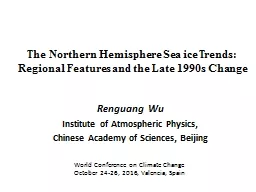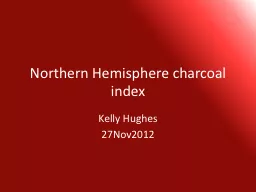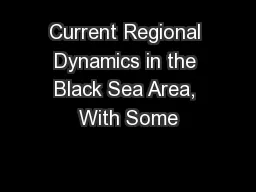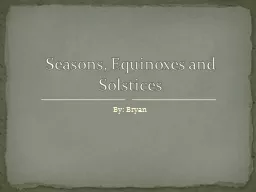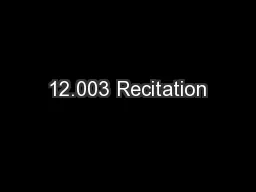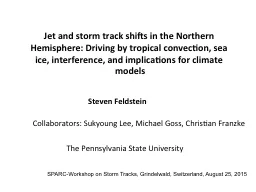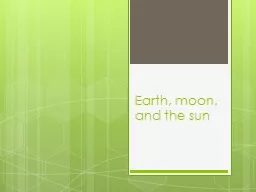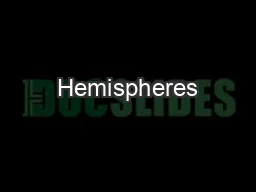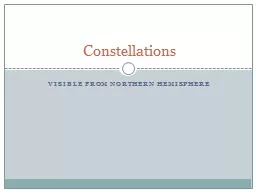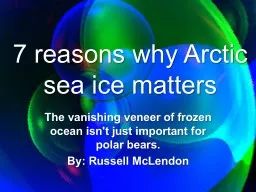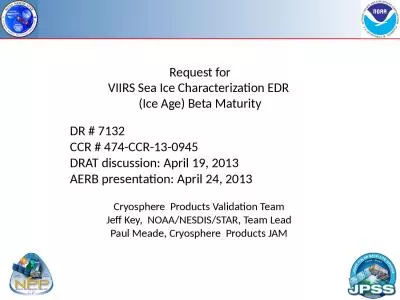PPT-T he Northern Hemisphere Sea ice Trends: Regional
Author : phoebe-click | Published Date : 2017-06-20
Features and the Late 1990s Change Renguang Wu I nstitute of Atmospheric Physics Chinese Academy of Sciences Beijing World Conference on Climate Change October
Presentation Embed Code
Download Presentation
Download Presentation The PPT/PDF document "T he Northern Hemisphere Sea ice Trends:..." is the property of its rightful owner. Permission is granted to download and print the materials on this website for personal, non-commercial use only, and to display it on your personal computer provided you do not modify the materials and that you retain all copyright notices contained in the materials. By downloading content from our website, you accept the terms of this agreement.
T he Northern Hemisphere Sea ice Trends: Regional: Transcript
Download Rules Of Document
"T he Northern Hemisphere Sea ice Trends: Regional"The content belongs to its owner. You may download and print it for personal use, without modification, and keep all copyright notices. By downloading, you agree to these terms.
Related Documents

